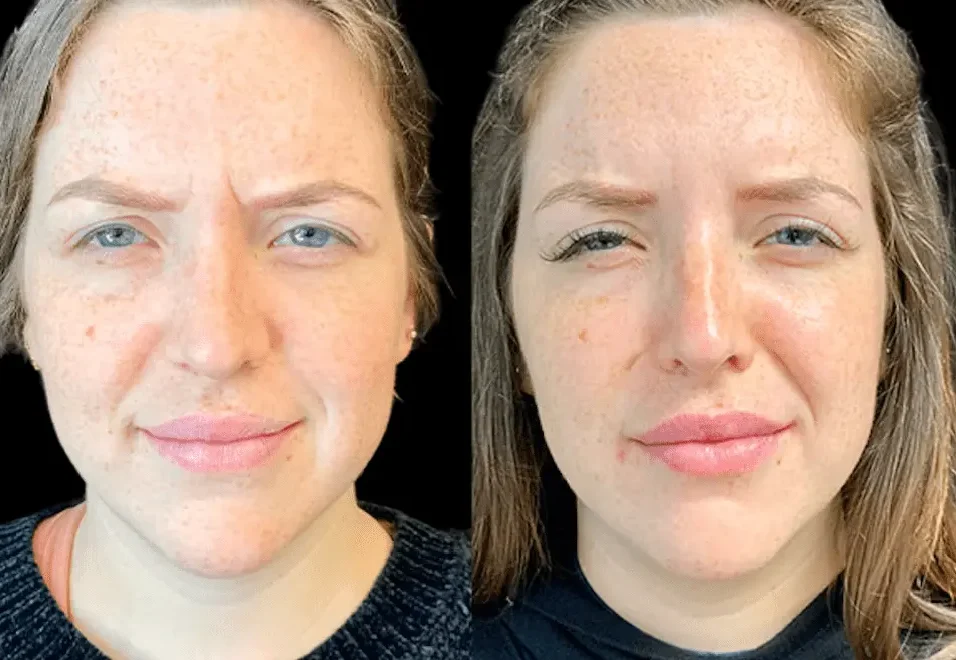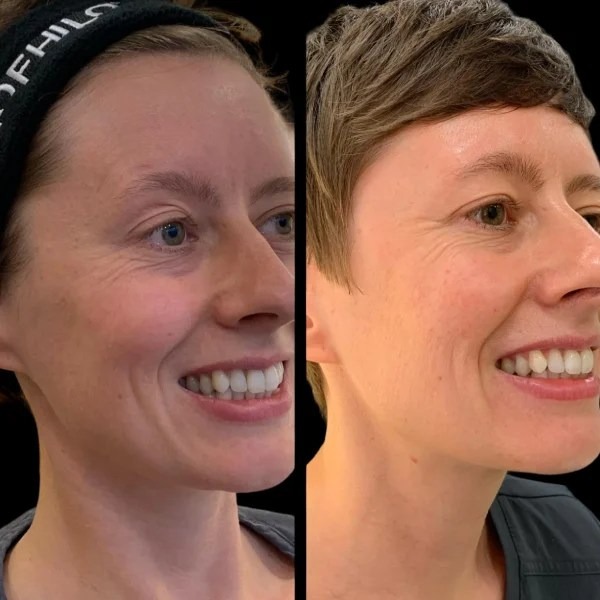Unlocking the Power of Quantum Dot Labeling: A Revolutionary Tool in Bioimaging
In the rapidly evolving field of bioimaging, researchers are continually seeking innovative methods to enhance the sensitivity and resolution of their imaging techniques. One such method that has gained significant attention in recent years is Quantum Dot Labeling (QDL). This article will delve into the principles of QDL, its benefits, and its vast applications in biological research and medicine.
What is Quantum Dot Labeling?
Quantum dots (QDs) are tiny, colloidal semiconductor nanocrystals composed of 100-100,000 atoms. They have unique optical properties that make them ideal for bioimaging applications. QDs have a broad absorption spectrum and a narrow, tunable emission spectrum, meaning they can be excited by a wide range of wavelengths but emit at a very specific wavelength. This leads to high signal-to-noise ratios and minimal photobleaching, making them superior to traditional organic dyes. Furthermore, the emission color of QDs can be precisely controlled by varying their size, composition, and shape, allowing for the creation of a rainbow of QDs for multiplexed imaging.
How Does Quantum Dot Labeling Work?
The process of QDL involves conjugating QDs to targeting molecules such as antibodies, peptides, or aptamers. These targeting molecules direct the QDs to specific structures or molecules of interest within cells or tissues. Once bound, the QDs emit their characteristic narrow spectrum upon excitation, allowing for the visualization of the target molecule. Importantly, the conjugation of QDs to targeting molecules can be achieved through a variety of bioorthogonal chemistries, ensuring the stability and activity of both the QD and the targeting molecule are retained.
Do you want to visit Char Dham? Char Dham Travel Agent is the best place to plan your Char Dham tour. You can book the tour from here.
Benefits of Quantum Dot Labeling
Quantum dot labeling offers several advantages over traditional protein labeling methods. The high brightness and photostability of QDs enable longer-term imaging with minimal signal loss. Their tunable emission spectra allow for multiplexing, where multiple targets can be simultaneously visualized using different colored QDs. Additionally, QDs can be designed for imaging in the near-infrared region, which minimizes tissue autofluorescence and optimizes tissue penetration, enabling deep imaging of intact tissues and small animals.
Applications of Quantum Dot Labeling
The applications of QDL are vast and continually expanding. In basic research, QDL has been used to study cell signaling, track the dynamics of specific proteins, and visualize complex cellular structures with high resolution. In cancer research, QDs have been used to target and image cancer biomarkers, enabling early detection and personalized diagnostics. Clinically, QDs are being developed for image-guided surgery and for visualizing diseased tissues in real-time during endoscopy and intraoperative imaging, holding great promise for improving patient outcomes.
The Future of Quantum Dot Labeling
As Quantum dot labeling technology advances, we can expect to see further improvements in their brightness, stability, and biocompatibility. New targeting moieties will be developed, allowing for the visualization of increasingly specific biological targets. Additionally, the use of QDs for theranostics, where they are used for both imaging and therapy, holds great promise for the future of personalized medicine.
Would you like to visit Indiar? A tour operator in India is the best place to plan your tour. You can book a tour from here.
Conclusion
Quantum Dot Labeling has emerged as a powerful tool in the bioimaging arsenal, offering unparalleled brightness, stability, and multiplexing capabilities. Its applications span from basic biological research to clinical diagnostics and therapy. As the technology continues to evolve, we can expect to see QDL play an increasingly central role in our quest to visualize and understand complex biological processes at the molecular level.
References
- Smith, A. M., Duan, H., Mohs, A. M., & Nie, S. (2008). Bioconjugated quantum dots for in vivo molecular and cellular imaging. Advanced drug delivery reviews, 60(11), 1522-1531.
- Resch-Genger, U., Grabolle, M., Cavaliere-Jaricot, S., Nitschke, R., & Nann, T. (2008). Quantum dots versus organic dyes as fluorescent labels. Nature methods, 5(9), 763-775.
- Pinaud, F., Michalet, X., Bentolila, L. A., Tsay, J. M., Doose, S., Li, J. J.,… & Weiss, S. (2006). Advances in fluorescence imaging with quantum dot bioconjugates. Biomaterials, 27(9), 1679-1687.






